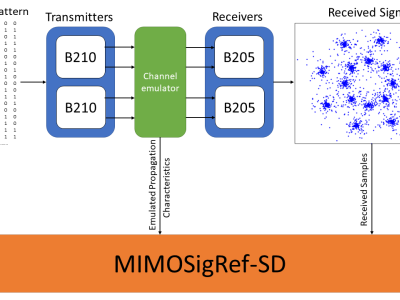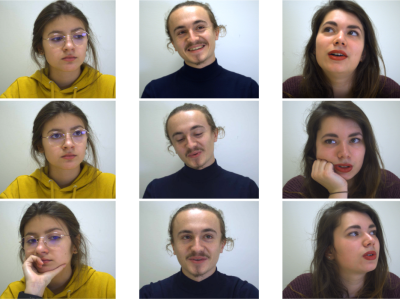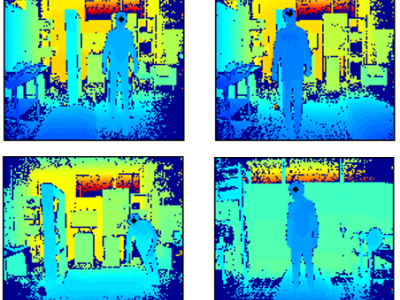MIMOSigRef-SD

- Citation Author(s):
- Submitted by:
- Pejman Ghasemzadeh
- Last updated:
- DOI:
- 10.21227/m5mg-8k22
- Data Format:
- Research Article Link:
Abstract
The MIMOSigRef-SD dataset was created with the goal to support the research community in the design and development of novel multiple-input multiple-ouotput (MIMO) transceiver architectures. It was recorded using software radios as transmitters and receivers, and a wireless channel emulator to facilitate a realistic representation of a variety of different channel environments and conditions. This dataset was also used in the study of an Automatic Modulation Classification (AMC) or also known as Automatic Modulation Identification (AMI) system design, which is one of the application domains supported by this dataset. The transmitters generate a wide variety of signal streams modulated using one of the following modulation schemes in a variety of different modulation orders:
•M-QAM consists of following orders: 256, 128, 64, 32 and 16
•MIL-STD-188-110 B/C standard-specific QAM consists of following orders: 256, 64, 32 and 16
•M-PSK consists of following orders: 256, 128, 64, 32 and 16
•M-APSK consists of following orders: 64, 32 and 16
•DVB-S2 standard-specific APSK consists of following orders: 32 and 16
•DVB-S2X standard-specific APSK consists of following orders: 256, 128, 64, 32 and 16
•DVB-SH standard-specific APSK consists of following orders: 16
•M-PAM consists of following orders: 256, 128, 64, 32 and 16
Each modulation scheme was also generated in a variety of Spatial Diversity (SD) MIMO system configurations, ranging from 1x1 (SISO) through 4x4 MIMO. Each signal was exposed to one of 5 different channel environments, ranging from Butler to Vehicular-B, with a signal-to-noise ratio ranging from -20 up to +30 dB. This dataset provides all of the generated bit sequences, channel configurations, and received symbols at 2450 MHz center frequency. This technical work has been published in IEEE Transactions on Instrumentation and Measurement (TIM) with following identifier as in Google Scholar:
**Our near-term plan is to further expand this dataset by also providing coverage for Spatial Multiplexing. This dataset named MIMOSigRef-SM can be accessed via same platform, i.e., IEEE DataPort.**
Instructions:
The MIMOSigRef-SD dataset is provided in the form of 8 individual TAR files. Each file represents one of the 8 modulation schemes utilized in our dataset. Within each file, the data is organized in a similar format: Naming of the contained folders represents the modulation scheme and order, channel environment, MIMO configuration, and type of MIMO. An example of such naming is: 16QAM – Vehicular B – (TX2 – RX1) – Spatial Diversity. This provides easy access to the information of interest.
 1976 views
1976 views








